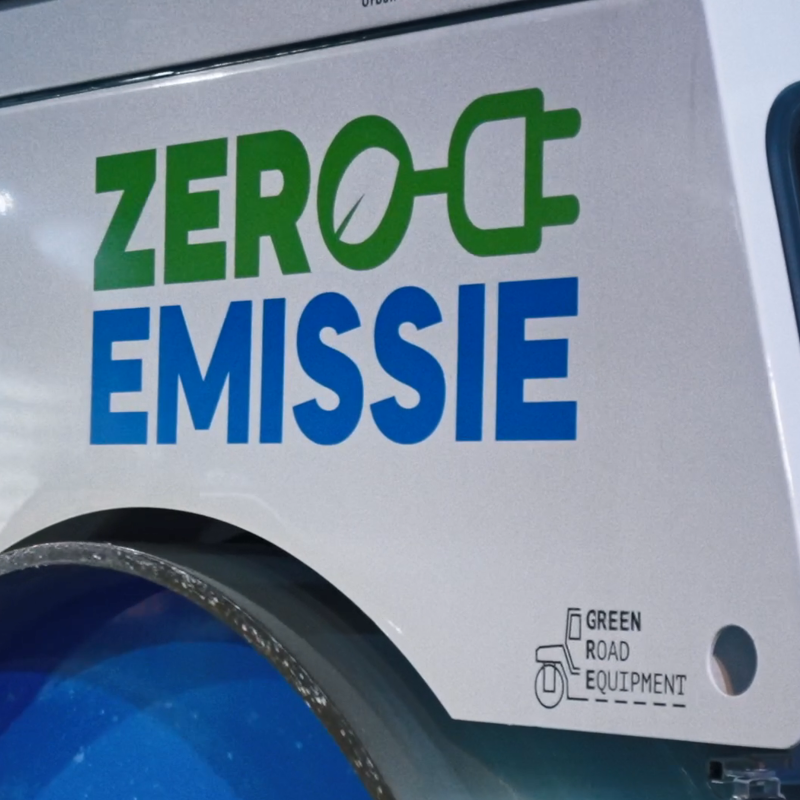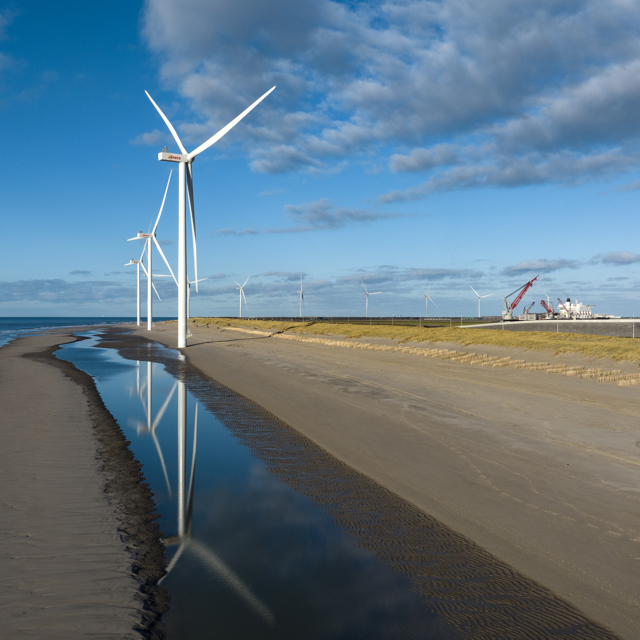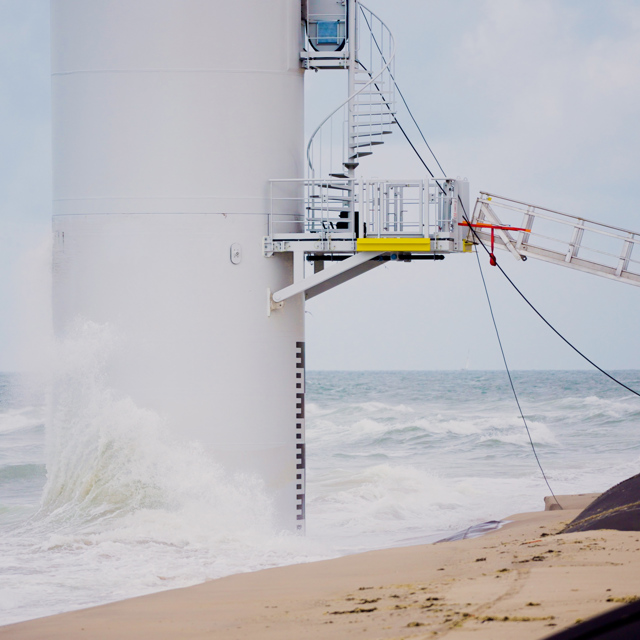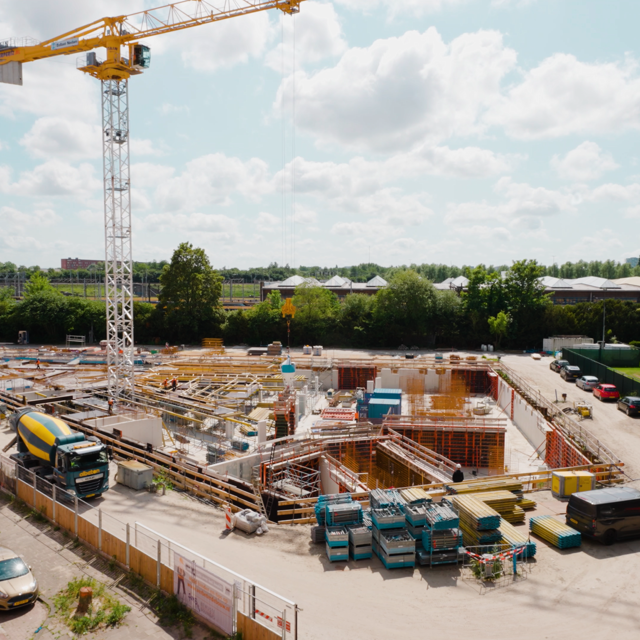This is how the renovation of the Roertunnel and Tunnel Swalmen (A73) is proceeding
In terms of innovation and safety, we have made great progress in the Netherlands. It is therefore only logical that our tunnels need a thorough renovation and maintenance from time to time. Smarter, safer and more sustainable: that is what the Roertunnel and Tunnel Swalmen are becoming too. This summer we are working hard to achieve this.
Special asphalt
For road users, the most visible improvement is the renewed asphalt. The road surface will have a new asphalt layer with white, light-reflecting crushed stone. This unique mixture was developed by Ballast Nedam jointly with Rijkswaterstaat and is called SMA 0/8 DESA 60/40 Bestone/Reflexing White. The white pebbles reflect the illumination of the car lights and tunnel lighting, reducing the need for lighting in the tunnel. This saves quite a lot of energy every year. Moreover, this asphalt can be processed at a lower temperature of 135 degrees Celsius and has a considerably longer lifespan of 20 years, thanks to its stronger top layer.


A first: the drilling robot
Renovating and maintaining the Roertunnel and Tunnel Swalmen is a big task involving various innovations. These include a drilling robot to drill 7,000 holes in the ceiling: a world first, as this is the first time a drilling robot has been used in a tunnel. The holes are needed for the linear temperature detection system: which detects abnormal temperature deviations before this develops into a fire.
On schedule
More than 45,000 vehicles use both tunnels every day. Partly for this reason, the project is a logistical puzzle. Thanks to a complex planning, the two-phase approach and detailed environmental management, we ensure minimal inconvenience. Work started on 14 July with the closure of the tunnels in the northern direction. After three weeks, this work was completed and the work moved to the southbound tunnel tubes. Most of the work is expected to finish in early September, after which we will carry out some finishing works in October 2023 and the summer of 2024. Once completed, the two tunnels should be ready for years ahead.





